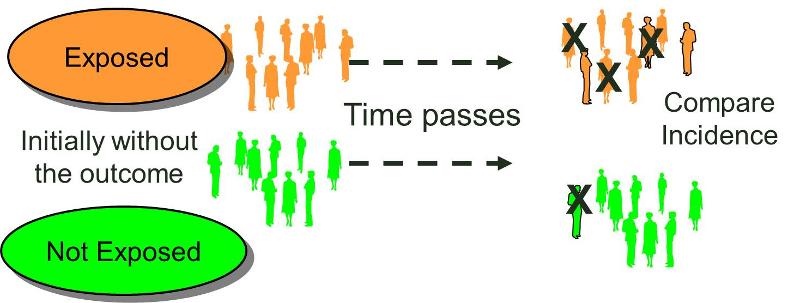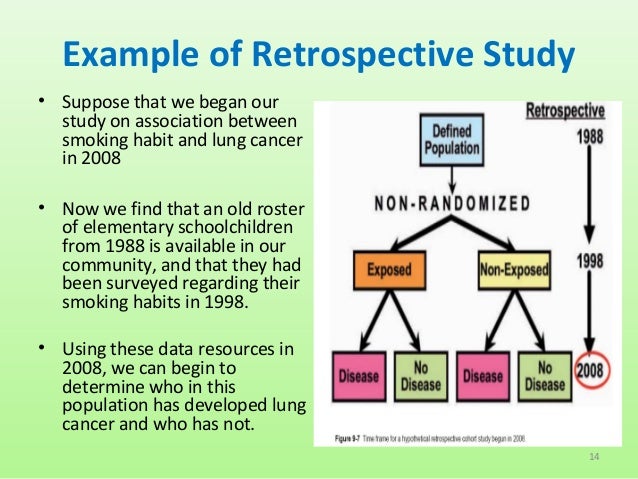

This is another large cohort study that evaluated the association between psoriasis and onset of depression. The Danish cohort study of psoriasis and depression (Jensen, 2015) Thus, advanced modeling techniques (such as fixed and random effects models) are useful in analysis of these studies. Some of the variables in the data will be time-varying and some may be time independent. One of the main strengths of a cohort study is the longitudinal nature of the data. These studies are used to estimate the cumulative incidence and incidence rate. Follow-up of the study participants is very important in a cohort study, and losses are an important source of bias in these types of studies. A retrospective cohort study can be completed fast and is relatively inexpensive compared with a prospective cohort study. If the exposure is rare, then a cohort design is an efficient method to study the relation between exposure and outcomes.

Since at the time of entry into the cohort study, the individuals do not have outcome, the temporality between exposure and outcome is well defined in a cohort design. These studies may be prospective, retrospective, or a combination of both of these types. Some examples of cohort studies are (1) Framingham Cohort study, (2) Swiss HIV Cohort study, and (3) The Danish Cohort study of psoriasis and depression. They are then followed over time to evaluate for the occurrence of the outcome of interest. They are selected based on the exposure status of the individual. In a cohort study, the participants do not have the outcome of interest to begin with. Cohort design is a type of nonexperimental or observational study design.


 0 kommentar(er)
0 kommentar(er)
